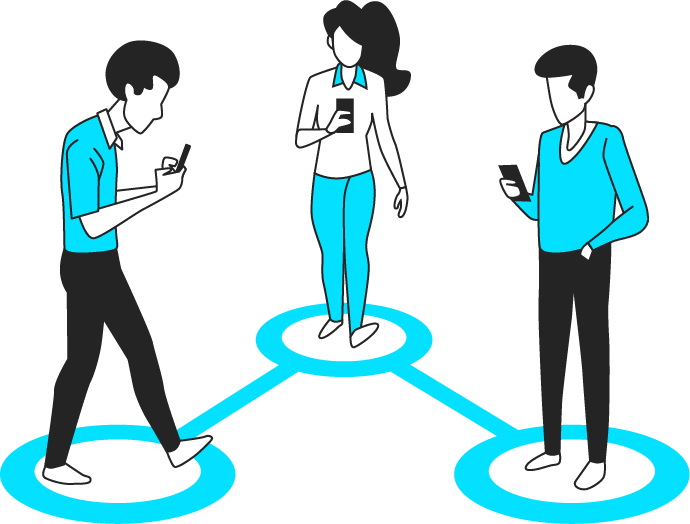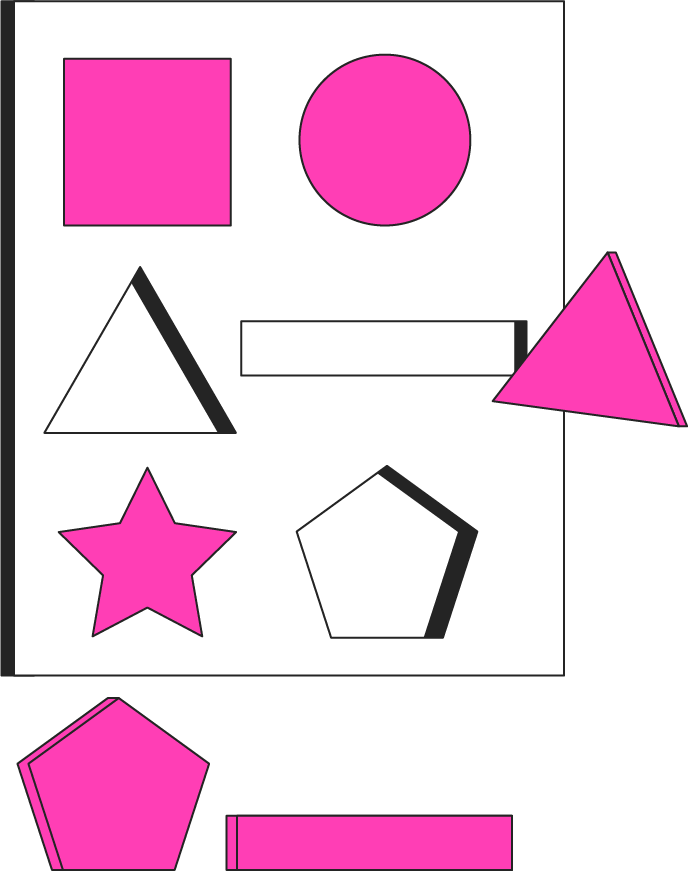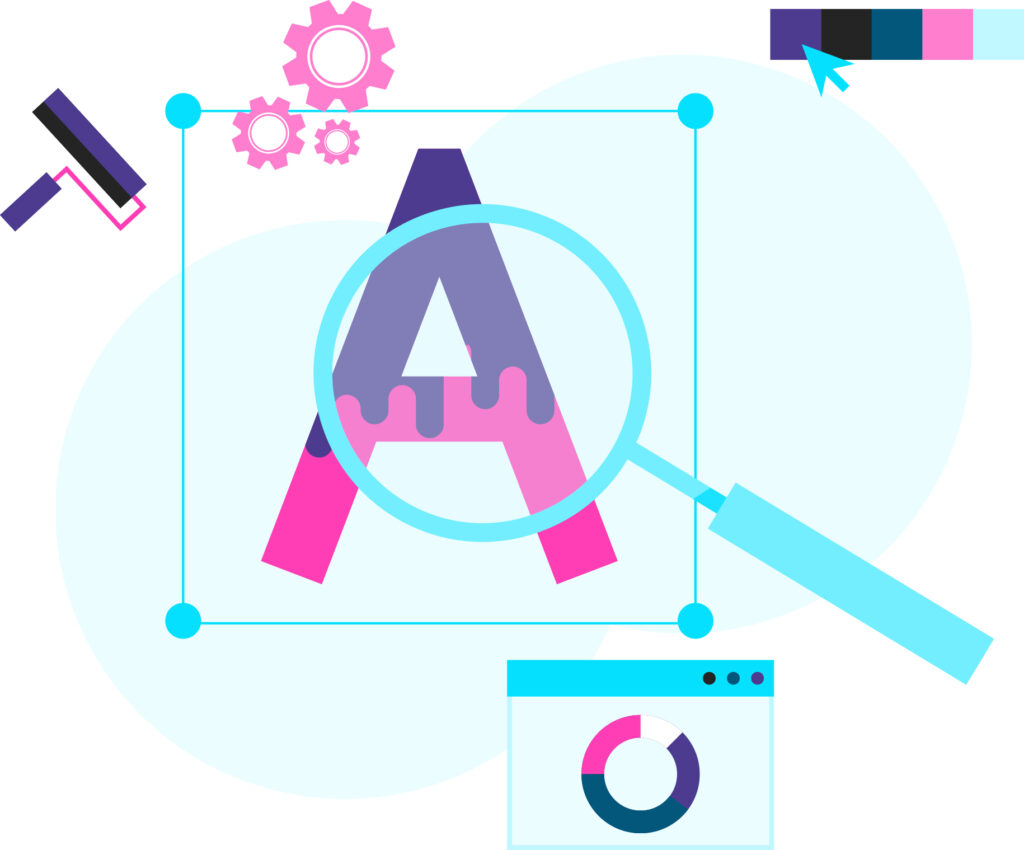A landing page is an essential tool in any digital marketing strategy. They are designed to grab the user's attention and guide them towards a specific action such as filling in a form, downloading a resource or making a purchase.
Therefore, it is essential to think about how to optimise them so they can be as effective as possible. Below are some key tips on how to optimise your landing page and ensure you meet your goals.
What is a landing page?
Landing pages are specific pages designed to turn visitors into leads or customers. The content of these pages is carefully structured to be clear, direct and persuasive, guiding the user towards a specific action, such as downloading a resource, filling in a form, registering for an event or making a purchase. These pages eliminate unnecessary distractions to focus solely on conversion, thus optimising the user's experience and maximising results.
Main objectives of a landing page
Capture leads
The main objective of many landing pages is to capture leads through forms that have been strategically designed to collect relevant information from users. These forms allow companies to collect useful data, such as names, email addresses or interests, in exchange for a specific benefit for the user. The most common actions include e-book downloads, access to exclusive guides or subscriptions to newsletters.
Increase sales
Some landing pages are specifically designed to encourage the purchase of a product or service, and therefore focus on providing accurate and persuasive information. These pages include clear and detailed descriptions of the product or service and highlight its key benefits to capture the user's interest. They also include attractive and visible calls to action, which directly guide the user towards conversion. This maximises sales opportunities and generates effective results.
Generate social media interaction
Another key objective of landing pages is to encourage interaction on social media. This includes strategies such as increasing followers, motivating users to share content or generating engagement.

Key features of an effective landing page
Clear benefits
It is essential to highlight the benefits of your offer at the very beginning of the landing page to immediately capture the user's attention. Use clear bullet points to summarise the main benefits of your product or service. Add multimedia content this information, such as attractive images or explanatory videos, to reinforce the message and maintain the visitor's interest.
Optimised forms
Forms must be simple, clear and only ask for essential information to prevent users from feeling overwhelmed. Unnecessary fields can generate friction and reduce conversion rates. Simplifying the process makes the experience more fluid, which increases the chances that the user will successfully complete the form.

Minimalist design
Do not use browsing menus, external links and other elements that can divert user attention. A clean, minimalist design that focuses exclusively on the desired action significantly improves the user experience. This strategy minimises distractions, keeping visitors focused on the primary objective of the landing page, which effectively increases the chances of conversion.
Eye-catching titles
A good title is essential to grab the user's attention. It must be clear, persuasive and highlight the main benefit or product you offer. An impactful title generates immediate interest and motivates visitors to continue exploring.
Effective calls to action (CTA)
The call to action (CTA) must be highly visible, short and persuasive, acting as the key element to guide the user towards conversion. Use clear and direct verbs that encourage action, such as "Download now" or "Get your offer". Place the CTA in an attractive button, with eye-catching colours that contrast with the design of the page.
Trust and guarantees
This includes key elements that reinforce the user's trust, such as actual testimonials from satisfied customers, recognition or certification logos, and clear guarantees, such as reimbursement policies or guaranteed satisfaction. These resources help reduce a visitor's potential doubts or fears about the offer and make it seem more secure. They also encourage a greater willingness to complete the desired conversion.

Optimisation of images and URL
Use relevant and high-quality images to reinforce the main message of your landing page, avoiding unnecessary distractions. Also, make sure that your URLs are short, descriptive and easy to remember to improve the user experience.
Tips for optimising your landing page
Be consistent
The message on your landing page must be perfectly aligned with the advert or source that has led the user to it. When the content of the page matches what the user expects to find, their experience is improved, they are more likely to trust the offer, and the likelihood of conversion is increased.
Test different elements
Conducting A/B testing is an essential strategy to identify which elements of your landing page generate the best results. Experiment with different designs, titles, action calls or button colours. Carefully analyse the data obtained to understand the user's behaviour and optimise the page based on the results to make it more effective and increase conversion rates.
Localise your content
If your target audience spans different markets, it is essential to adapt the content of the landing page to the languages, preferences and cultural nuances of each audience. This improves your connection with users and maximises the impact of your message.
Common mistakes on landing pages
Too much information
Overloading a landing page with too much text or visual elements can distract the user and make it harder for them to complete the desired action. The key is to maintain a clean and functional design, with clear and concise messages. Opting for simplicity improves the user experience, encourages them to focus on the main objective and increases conversions.
Long forms
Too much information on a form can discourage users and increase the abandonment rate. To reduce friction and facilitate conversion, only ask for essential information to ensure visitors can complete the process quickly and easily.
Lack of a clear CTA
A call to action that is not prominently displayed or confusing can negatively impact the conversions of your landing page. To ensure it is as effective as possible, make sure it is highly visible by using eye-catching colours and an attractive design. The message must also be clear, brief and persuasive to guide the user towards the desired action.

Choosing not to optimise for mobile phones
Nowadays, most visits to landing pages come from mobile devices. If your page is not optimised for these devices, you will probably lose a lot of conversion opportunities. Make sure the design is responsive, with fast loading times, easy-to-use buttons, and readable content to provide a smooth and effective mobile experience.
Do you want your landing page to be a success and drive more conversions?
At ATLS, we help you create optimised pages that capture attention and guide users towards the action you want them to take. Our expert team will design a tailored strategy to ensure that your goals are met.
Contact us today and take the first step towards an effective page that maximises your results.
Frequently asked questions about landing pages
What is a landing page and what is it for?
A landing page is a page specifically designed to convert visitors into leads or customers. Their objective is to guide users towards a specific action such as filling in a form, downloading a resource or making a purchase with no unnecessary distractions.
What are the essential elements of an effective landing page?
An eye-catching, clear title.
Emphasis on the benefits of the product or service.
An optimised form for collecting information.
A visible and persuasive call to action.
Relevant images or multimedia content.
Guarantees and testimonials that strengthen the user's trust.
Why is it important to remove distractions on a landing page?
Removing elements such as browsing menus or external links helps guide the user to the desired action, which increases the likelihood of conversion. The message is clearer for the visitor when there are fewer distractions.
How can I improve the conversion rate of my landing page?
Optimise the design and content.
Test different versions of the page using A/B tests.
Use a clear and attractive CTA.
Adapt content to mobile devices.
Include trust elements such as testimonials and guarantees.






